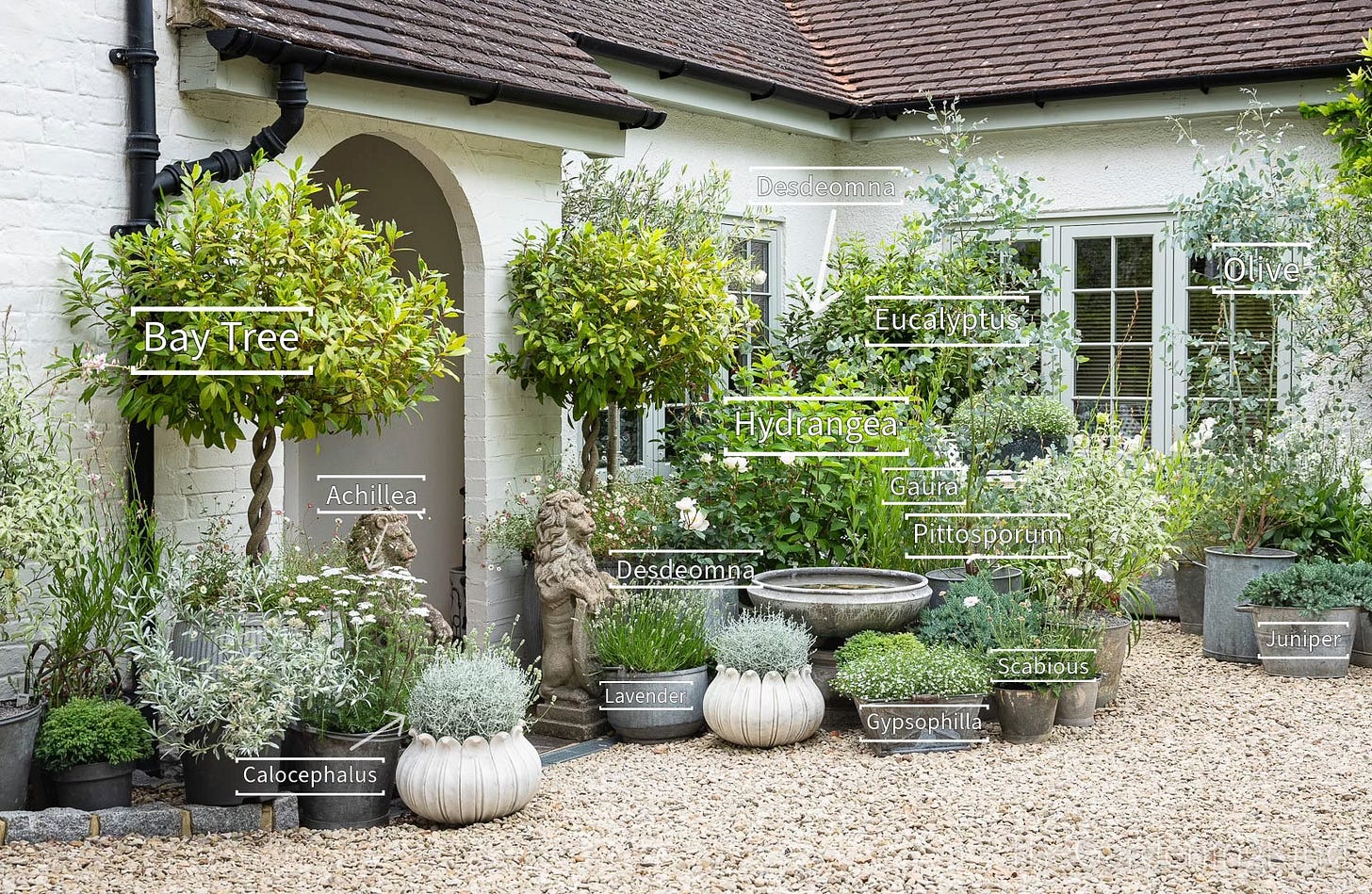Courtyard Garden: A Pocket of Calm (with Galvanised Glamour)
Layered planting, white flowers, silver foliage, and a sea of vintage containers — welcome to my Courtyard Garden and the little theatre by the front door.
Keep reading with a 7-day free trial
Subscribe to The Gardening Kind by Elliott Neep to keep reading this post and get 7 days of free access to the full post archives.



